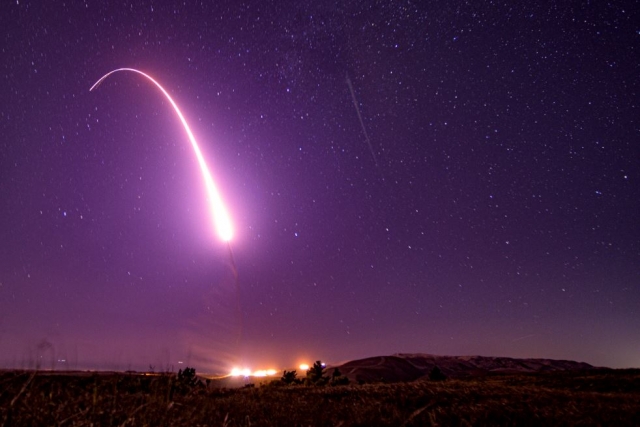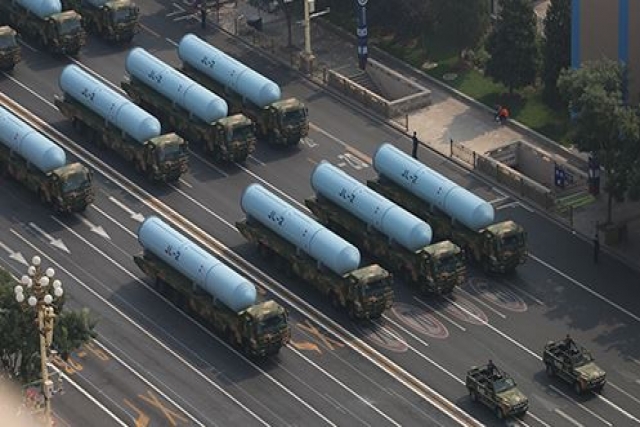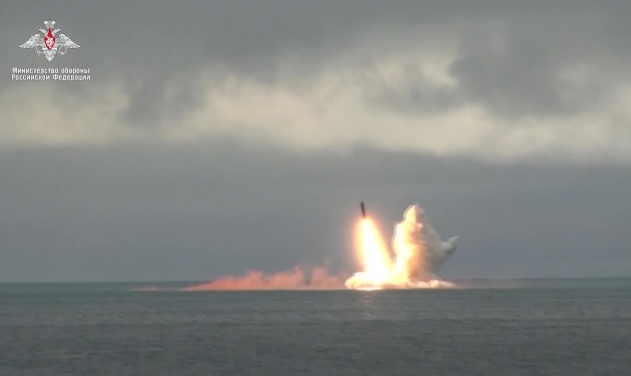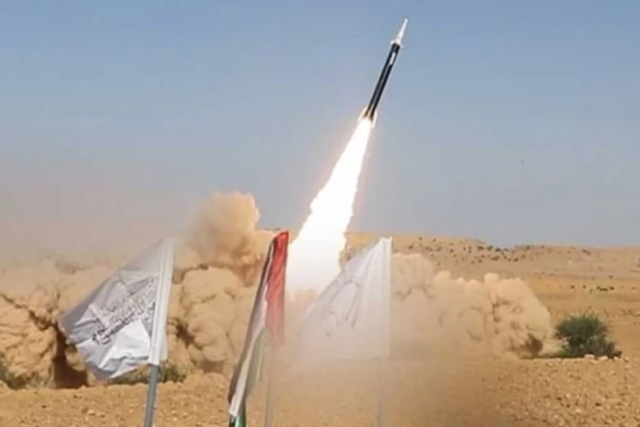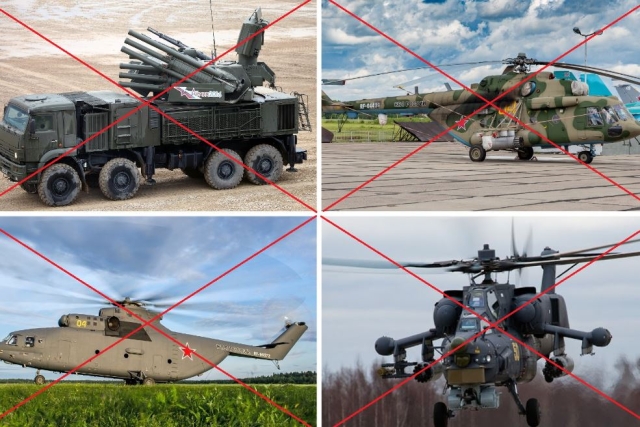Boeing Sets up New Consortium to Create All-domain Remote Sensing Network in The Arctic
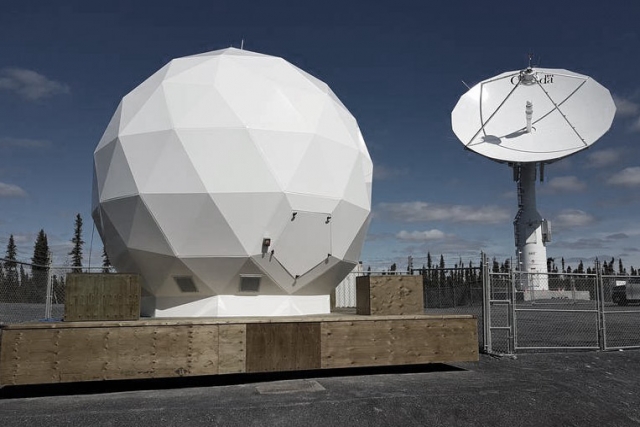
Boeing has announced setting up a new consortium of international companies, called IRSA Development Group (IDG), to work on a scalable, all-domain system-of-systems for remote sensing and persistent monitoring of the Arctic and other remote areas.
The network is called IRSA (Integrated Remote Sensing for the Arctic) and comprises satellites, high altitude long endurance (HALE) drones, medium altitude long endurance (MALE) drones, small unmanned aerial systems (sUAS), sea-surface and sub-sea platforms, and ground stations.
Technology development for each segment, and their integration, is underway. Initial IRSA services are expected to be available to clients in early 2020.
The partner organizations are: C-CORE (Canada), MyDefence System Integration (Kingdom of Denmark), Andøya Space Center (Norway), VTT (Finland), Scott Polar Research Institute (United Kingdom), Karl Osen (Switzerland), ViaSat Antenna Systems (Switzerland), and Boeing Phantom Works (USA).
Recognizing the need for more persistent remote sensing, robust communication and data connectivity in the Arctic, Boeing Defense, Space, and Security (BDS) began an intensive study in 2015, mapping the challenges and identifying gaps in designing and creating a solution to address them. The international consortium will now develop the technologies, products and services that can provide that solution through the IRSA program.

In the first week of October, Russia announced it is helping China build a ballistic missile warning system comprising a network of ground-based radars and satellite arrays in earth’s orbit, to detect ballistic missile launches, calculate trajectories of the projectiles and kick-start an apt response. The United States and Russia already have such systems stationed in the polar region.
